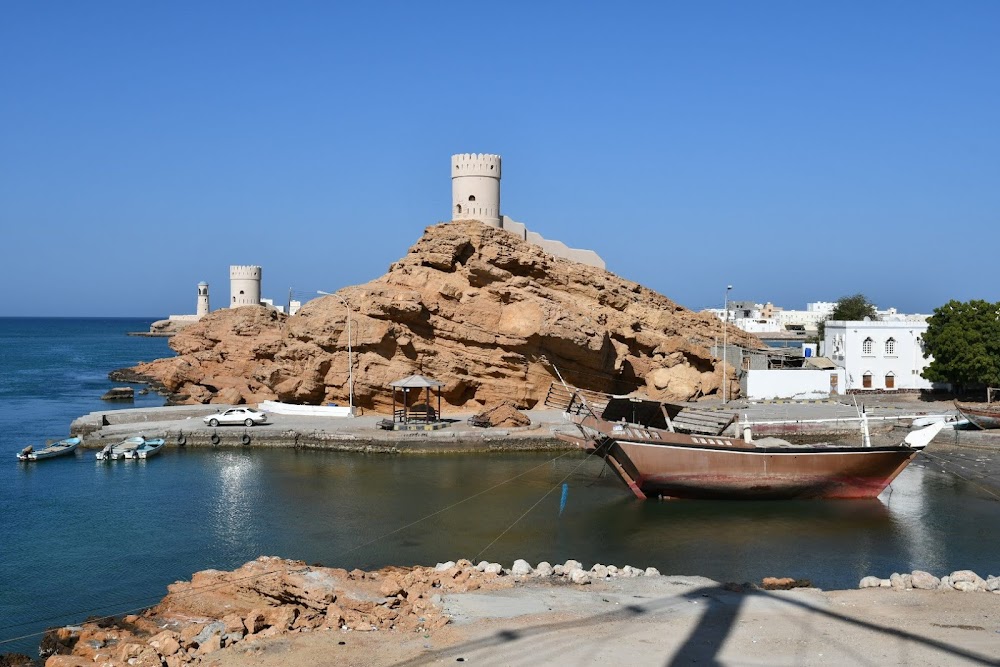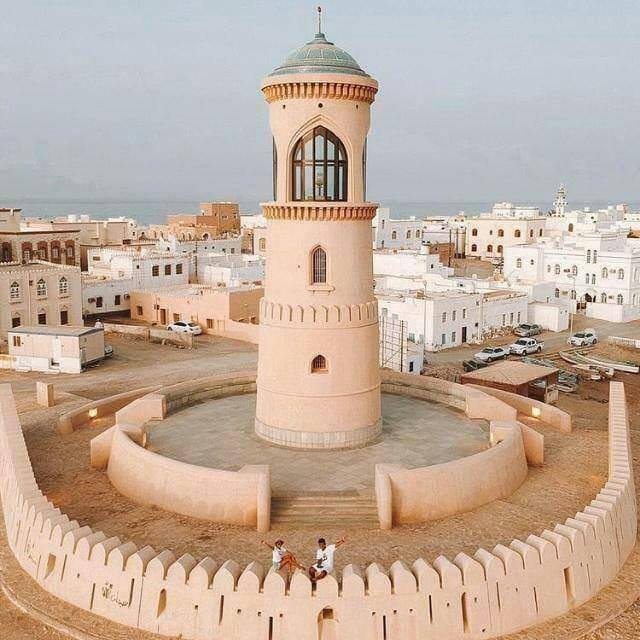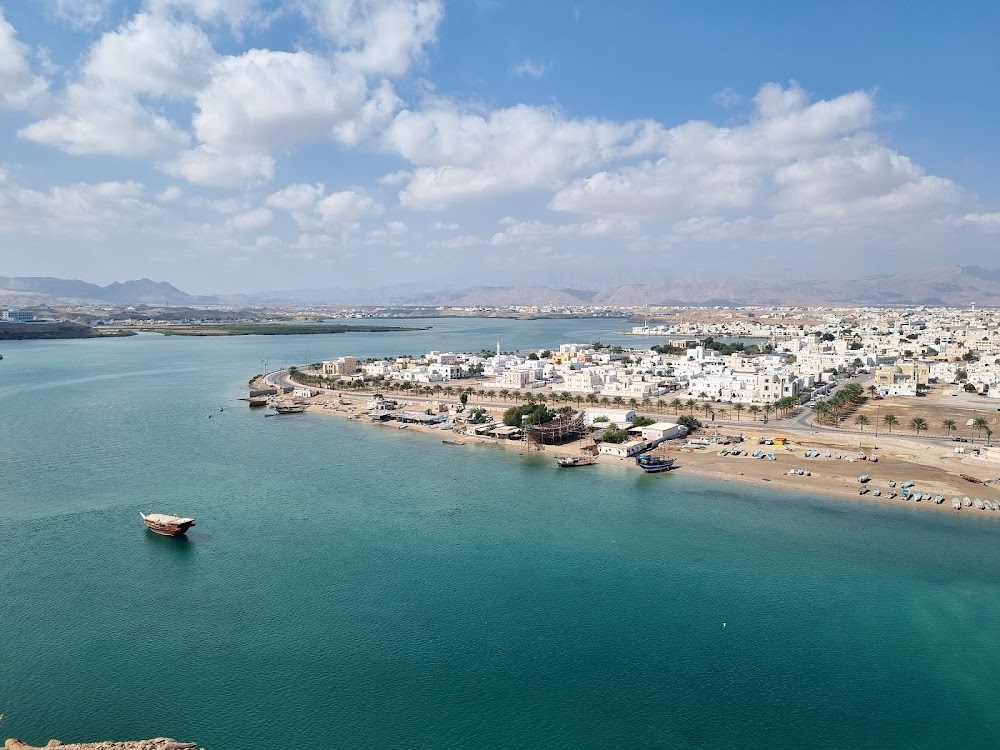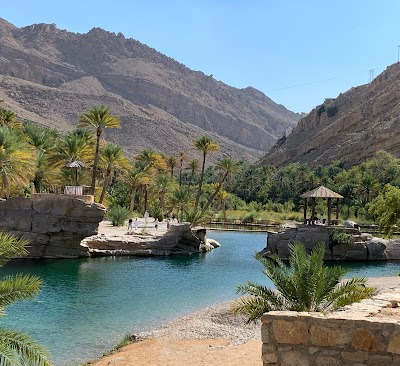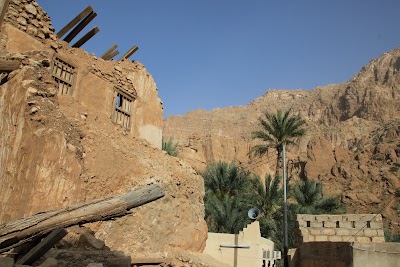Al Ayjah Watchtower (مراقبة العيجة)
Overview
Perched on a rocky hill overlooking the azure waters of the Arabian Sea, the Al Ayjah Watchtower stands as a sentinel of history in the charming coastal town of Sur, located in the Ash Sharqiyah Region of Oman. Constructed during the 17th century, this watchtower was an integral part of a network of fortifications designed to safeguard Oman from invaders, pirates, and various threats.
The tower is strategically positioned near the entrance of the lagoon that gives Sur its unique, horseshoe shape. Its cylindrical structure, characterized by thick stone walls that taper slightly towards the top, showcases the practical and enduring architectural techniques of Omani builders of that era. Built from local stones and mortar, the Al Ayjah Watchtower has withstood centuries of weathering, rising proudly into the clear Omani sky as a testament to the country’s resilience and fortitude.
Not only was the watchtower a military installation, but it also played a vital role in the local community. In times of peace, villagers would ascend the tower to scout for incoming ships, often traditional dhows used for trade and fishing. The watchtower provided an excellent vantage point for detecting vessels, allowing local fishermen and merchants in Sur to prepare for trade or, if necessary, raise the alarm against potential threats.
At the heart of the watchtower's design is a spiral staircase that ascends from ground level to the upper platform. This feature enabled soldiers or scouts to quickly reach the top and take their positions. The narrow windows are strategically placed to offer panoramic views while minimizing exposure to enemy fire. Additionally, these small openings provided ventilation, keeping the interior cool despite the desert heat.
The construction of the Al Ayjah Watchtower reflects the collective efforts of the local community. Oral traditions passed down through generations recount how townspeople pooled their resources, skills, and labor to build the structure. Stones were quarried from nearby mountains, with each family contributing in some manner—be it through materials, food, or labor. This communal effort not only facilitated the swift and efficient construction of the watchtower but also reinforced bonds of trust and collaboration essential for the town’s survival.
Over the centuries, the Al Ayjah Watchtower has witnessed remarkable changes in its surroundings. Modern infrastructure and advanced technology have diminished the strategic necessity of such structures. Nevertheless, the watchtower remains an iconic symbol of Sur's heritage, attracting tourists and history enthusiasts eager to appreciate its architectural beauty and historical significance.
In recent years, dedicated efforts have been made to preserve the watchtower. Restoration projects have been undertaken to repair damage inflicted by the relentless forces of nature. These initiatives aim to maintain the physical structure while celebrating and educating the public about the rich cultural history embodied by the watchtower.
Standing high and firm, the Al Ayjah Watchtower continues to serve as a poignant reminder of Oman’s storied past. As visitors climb the stone steps and peer through its ancient windows, they are momentarily transported back in time to an era when this solid structure was a beacon of safety and a guardian of dreams and ambitions.


